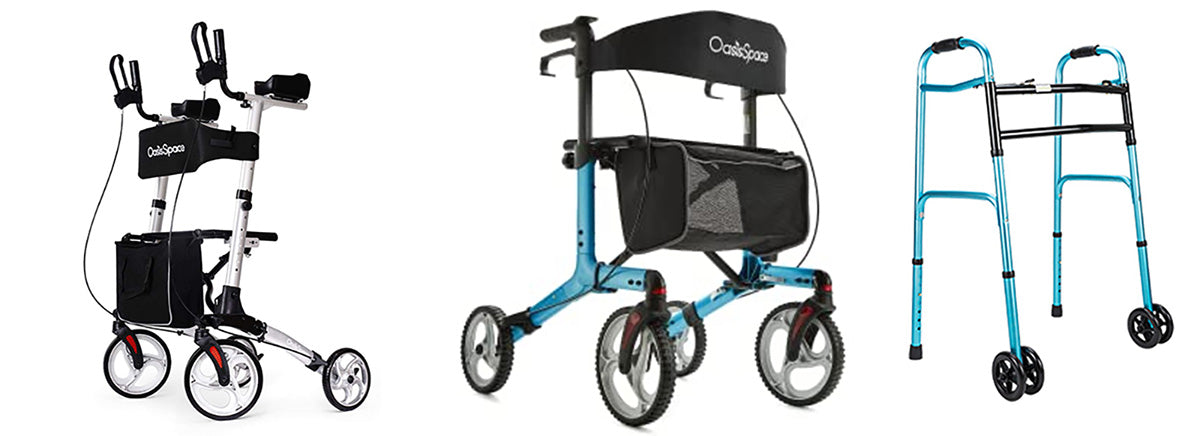
Upright Walker vs Rollator vs Folding Walker: How to Choose?
With aging, many of us find it difficult to maintain the lifestyle we want. Rollators and walkers are ideal mobility devices that allow us to stay on our feet and easily get from one place to another without any hindrance.
It is not easy, emotionally, to admit that you or your loved one needs a walker - before using a mobility device, many feel they have to give in to their challenges.
The feeling is reversed once the device is used; there is less fear of falling, and people feel more independent since they are not dependent on family members or caregivers.
Many options are available when it comes to choosing a walker or rollator. Besides serving different purposes, walkers and rollators are equipped with a range of features.
What features should be considered when choosing mobility aids? What is the difference between a walker and a rollator, and how do you tell which device is right for you?
Thus, making a final decision could be overwhelming. Yet it will be easier to choose a mobility aid if you become familiar with the basics of walkers and rollators, familiarize yourself with key features, and consult with professionals.
What are Upright Walker, Rollator, and Folding Walker
The folding walker is a basic standard walker without wheels, which is lightweight and sturdy, folds in half, and is easily stored and transported.
The rollatot walker consists of a frame with three or four wheels attached at the bottom, a seat inbuilt, and handlebars.
The upright walker resembles the rollator in its wheeled design. Four wheels provide stability. Where they differ is in their handles. An upright walker's handles are located directly below the elbow, higher than the handles of a rollator.
Folding Walkers vs Rollator Walkers
1. Design
Folding walkers and rollators are distinguished by the presence of wheels. During walking, the four legs of a folding walker remain in contact with the ground. When pushing the walker forward, it must be lifted.
Rollators are sometimes referred to as "rolling walkers with seat". In contrast to a walker, a rollator has four wheels and brakes and doesn't require lifting to move forward.
2. Operation and Balance
A rollator is great for people who can balance themselves but frequently need to sit down or who need assistance carrying necessities. The wheels on rollators twist and turn, making them easy to maneuver; but rollators tend to be large and hard to maneuver inside small-size apartments or narrow hallways.
Despite being more difficult to maneuver and navigate, folding walkers are more stable because all four legs remain on the ground. You can also use folding walkers to partially support your weight while standing or walking. Using a folding walker is an excellent alternative if you have balance issues, weakness while standing, or you need strong immobile support as you walk.
3. Movement
Folding walkers should be lifted without moving your feet, so you are only moving them as far as your arms can take them. As soon as the walker is back on the ground, you can begin to walk forward.
To reach your destination, repeat this process as many times as necessary. In contrast, a rollator enables you to move forward simply by pushing it in the direction you need to go. When you have weak arms or difficulty lifting up a regular walker, a rollator can be useful.
Upright Walker vs Rollators
1. Mobility
Upright walkers offer a number of outstanding advantages that make them good for both indoor and outdoor use. Flexible navigation allows users to navigate both indoors and difficult-to-reach areas.
Its excellent flexibility in cramped spaces makes the upright walker a safe choice for outdoor events as well. Rollators are mobile and have wheels, they're ideal for those who can walk but need help supporting and stabilizing themselves. In addition to conserving the user's energy, a rollator allows them to walk at a faster pace and maintain a steady stride.
2. Balance
If you struggle with stair climbing frequently or you walk more slowly than before, or if you are suffering from chronic diseases such as COPD and emphysema, a rollator might be the appropriate mobility device for you. However, many rollator users maintain a steady grip on their handgrips by leaning forward while walking.
Inability to see approaching obstacles can lead to accidental falls when one fails to look forward enough. Leaning forward also causes users to be somewhat out of balance and places extra pressure on their lower back, wrists, and shoulders. By comparison, walking with upright walkers keeps a person's weight more evenly distributed and more balanced.
3. Design
An upright walker always keeps you upright as you walk. There is no need to lean forward when you walk on the pavement. This means that your spine and other joints will not be put under any pressure. Your joints will relax as you walk upright, and you will feel more energetic.
A rollator, however, requires you to bend down while walking on the pavement. In this case, you may suffer from severe back pain after walking for a long period of time. You may also strain your spinal disc or stretch the ligaments on the spinal cord if you adopt an incorrect posture.
4. Cost
An upright walker is slightly more pricer than a rollator. Rollator walkers can be purchased for as low as 50 dollars, but an upright walker usually costs at least $150. Rollators might be more affordable for people on fixed incomes.
Some Factors to Consider when Choosing a Mobility Aid:
1. When selecting the mobility device, keep in mind your upper body strength in consideration of the product's constant lifting requirements; you may be required to lift the walker or rollator away from uneven ground.
2. Check if you or your patient will be able to handle a product with wheels, especially if they have stability and balance issues.
3. If you are frequently on the move and participate in multiple activities, it may be necessary to consider how to fold your walker or rollator for easy storage and transportation.
4. Ensure you find the right fit taking into consideration your health and factors like your height and weight.
5. Taking into account your budget or that of your patient is also important when deciding on the right product.
Ending
Positive attitudes towards mobility devices were reported by all groups as a result of the perceived benefits of maintaining independence and control. Increasing physician involvement and providing affordable, safe, visually appealing mobility aids would encourage greater acceptance.
There is always a mobility device with the perfect level of assistance to aid your movement, whether you need some light assistance getting around the house or want to go to the park with friends.
Unfortunately, it's not easy to find the right mobility solution for you, someone you care for, or a patient. Maintaining self-reliance and staying proactive are both essential, but they should also be conducted securely. Consult a doctor before you make a decision in this regard.
You May Also Like
Comprehensive & Must-know Walker Guide
Must-know Safety Tips for Walker Users
Recommend Products
-
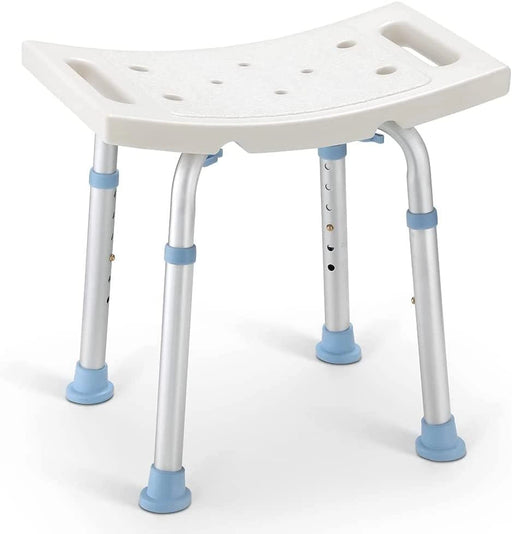 Sale
Sale
Standard - 300LBS Capacity Shower Stool
Original price $51.99From Original price $28.99Original price $51.99Current price $28.99From $28.99Current price $28.99OasisSpace Medical Square Shower Stool for Bathtub OasisSpace Square Shower Stool for Bathtub is approved as the highest standard(FDA) for medical...
View full detailsSaleOriginal price $51.99From Original price $28.99Original price $51.99Current price $28.99From $28.99Current price $28.99 -
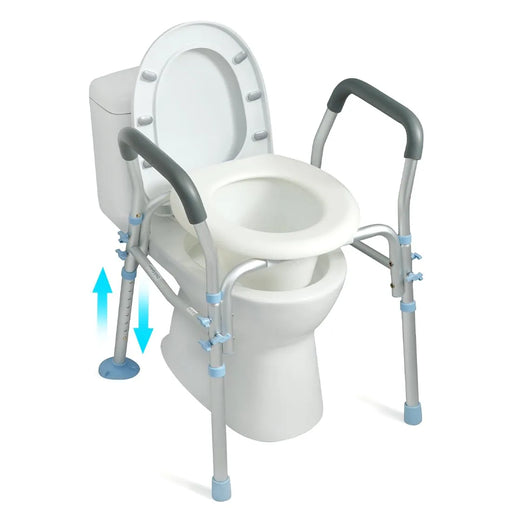 Sale
Sale
300LBS Capacity Raised Toilet Seat with Arms
Original price $120.99From Original price $69.99Original price $120.99Current price $69.99From $69.99Current price $69.99OasisSpace Raised Toilet Seat with Arms - Safe and Convenient OasisSpace Raised Toilet Seat with Arms provides stable support for users to sit dow...
View full detailsSaleOriginal price $120.99From Original price $69.99Original price $120.99Current price $69.99From $69.99Current price $69.99 -
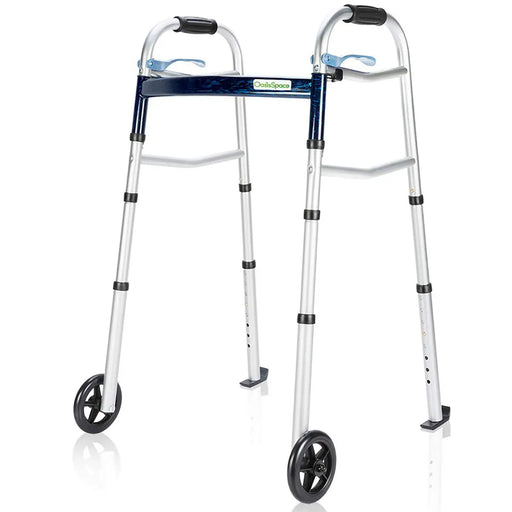
350LBS Capacity 2 Wheel Walker
From Original price $39.99Original price$39.99From $39.99Current price $39.99Product Advantages OasisSpace's 350LBS Capacity walker offers a fusion of lightweight design and sturdy support, crafted from high-grade anodized ...
View full detailsFrom Original price $39.99Original price$39.99From $39.99Current price $39.99 -
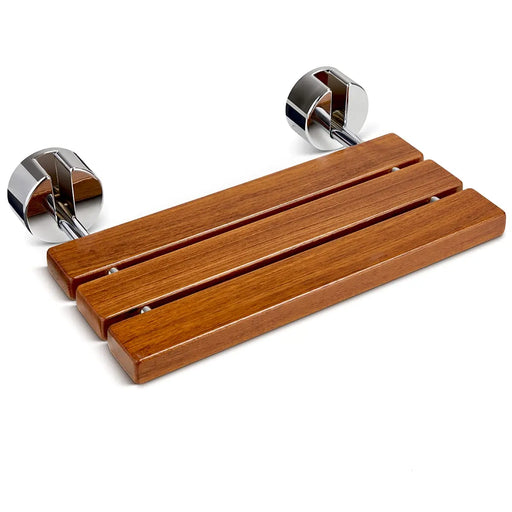
Wall Mounted - 400LBS Capacity Teak Folding Shower Seat
From Original price $131.99Original price$131.99From $131.99Current price $131.99Advantages OasisSpace Teak Wall-Mounted Shower Seat adopts a folding design, which can save space to the greatest extent and can be folded up at a...
View full detailsFrom Original price $131.99Original price$131.99From $131.99Current price $131.99 -
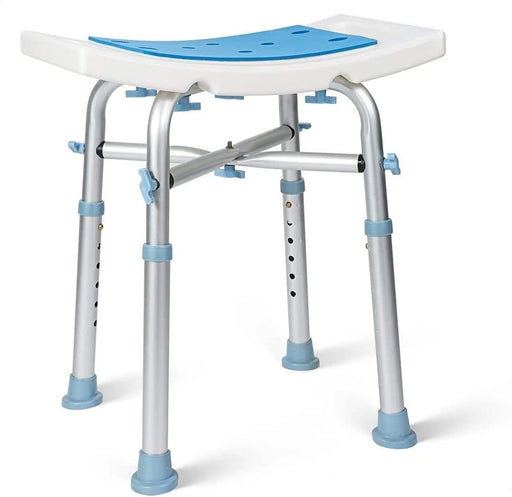 Sale
Sale
Padded & Bariatric - 500LBS Capacity Heavy Duty Shower Stool
Original price $57.99From Original price $36.99Original price $57.99Current price $36.99From $36.99Current price $36.99OasisSpace Medical Heavy Duty Bariatric Shower Stool OasisSpace Medical Heavy Duty Bariatric Shower Stool is approved by the FDA, which is the hig...
View full detailsSaleOriginal price $57.99From Original price $36.99Original price $57.99Current price $36.99From $36.99Current price $36.99 -
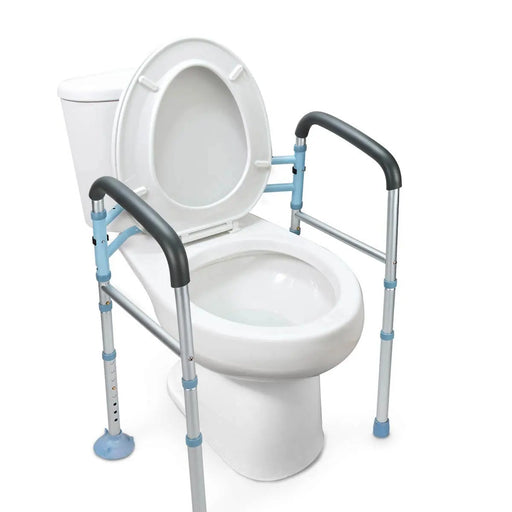 Sale
Sale
300LBS Capacity Stand Alone Toilet Safety Rail
Original price $69.99From Original price $44.99Original price $69.99Current price $44.99From $44.99Current price $44.99OasisSpace Toilet Safety Rails - Fit Any Toilet OaisSpace stand-alone toilet safety rails provide sturdy support for the elderly and people with ...
View full detailsSaleOriginal price $69.99From Original price $44.99Original price $69.99Current price $44.99From $44.99Current price $44.99 -
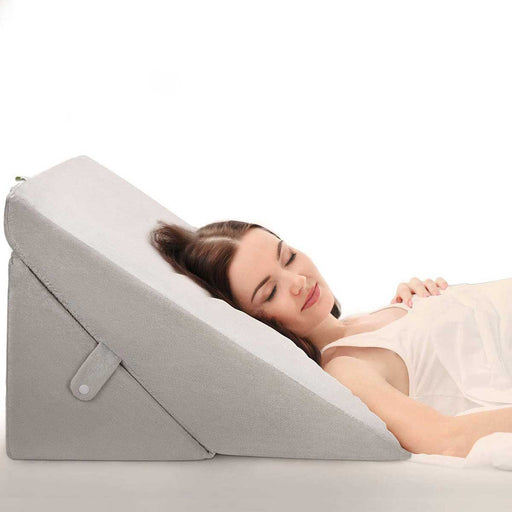
23"x21"x13" Bed Wedge Pillow- Grey
From Original price $69.99Original price$69.99From $69.99Current price $69.997 IN 1 DESIGN FOLDING WEDGE CUSHION THERAPEUTIC. OasisSpace elevated pillow wedges have a foldable design that can change its angle to suit differ...
View full detailsFrom Original price $69.99Original price$69.99From $69.99Current price $69.99








